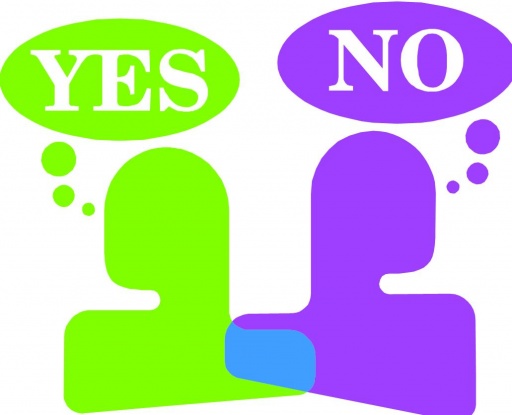 Communication
is about more than just grammar and vocabulary.
It’s about getting your message across.
However, sometimes the message gets lost due to cultural differences.
Communication
is about more than just grammar and vocabulary.
It’s about getting your message across.
However, sometimes the message gets lost due to cultural differences.
Culture plays a large role in how we
communicate. For example, Japanese people
avoid directness and place great value on details. To Westerners, the Japanese
can appear shy, indirect and overly formal when communicating. Rarely will a Japanese “get to the point”
effectively in the manner that Western people do.
Similarly, Westerners can be seen as
rude and aggressive by the Japanese. Westerners
tend to place less emphasis on minute details, placing more importance in a
firm handshake to seal a deal.
In business dealings, Eastern and Western
managers might be using the same language, but their differing communication styles
can cause breakdowns.
This problem is especially acute in
Japan. The
Japanese study English for years but rarely ever become fluent. In fact, the Japanese do worse on English aptitude tests than almost anyone
else. According to Reuters, Japan tied
with Tajikistan for 29th out of the 30 Asian countries surveyed in 2009 TOEIC exams.
Why is this? Why do the Japanese
do so poorly? Are they not studying
effectively? Or are they studying the
wrong things?
The answers to these questions are “yes” and “no.” Sure, the Japanese study effectively; perhaps
harder than anyone else. But they learn
English from a textbook and rarely put their language skills into
practice. Again, they are not learning
the cultural aspects of communication.
Smart HR managers recognize the value of cultural communications. They help their Japanese or Western
executives learn the finer points of communication style. For example, they might teach their Japanese
bosses to be less formal, using first names to address Western clients. They might train them to avoid overloading
their documents or presentations with details and statistics, getting to the
point sooner and, of course, delivering a firm “yes” or “no.”
With Western executives, the opposite approach is best. HR managers should instruct Western staff to
be less “in-your-face.” They might train
them to avert too much eye-contact and to be more deferential with authority
figures on the Japanese side.
Verbal and non-verbal communication skills play a vital role in cultural
communications. Verbal skills include
content and context. Non-verbal skills
include eye-contact, body and hand movement and the use of props or
technology. Again, these differ greatly
between cultures. The Japanese tend not
to use hand-movement or direct eye-contact when communicating. And they likely won’t move around if giving
a speech or presentation. Westerners, on
the other hand, use body movement to a great extent.
Again, learning what works for the other
side helps you to communicate more fluidly with people from different
cultures.
Ultimately, we learn how to speak from books and lessons. But we learn how to communicate from our
respective cultures. Learning the
differences in cultural communication styles goes a long way towards brings the
gap between fluency and being misunderstood.--MDJ
Related event
When "Yes" Means "No": Cross-Cultural Communications Strategies for HR Professionals, Sep 22, 2010, 18:30-20:30





